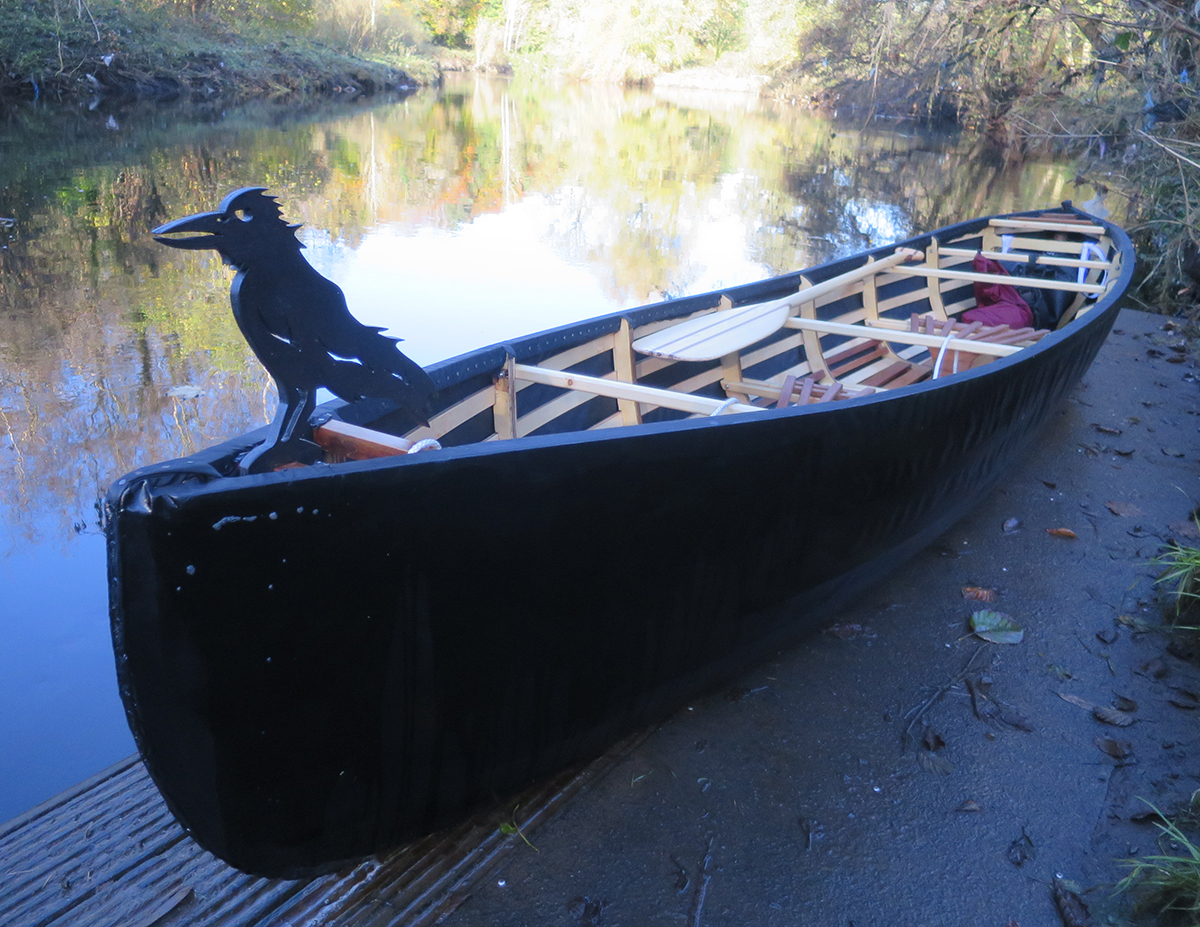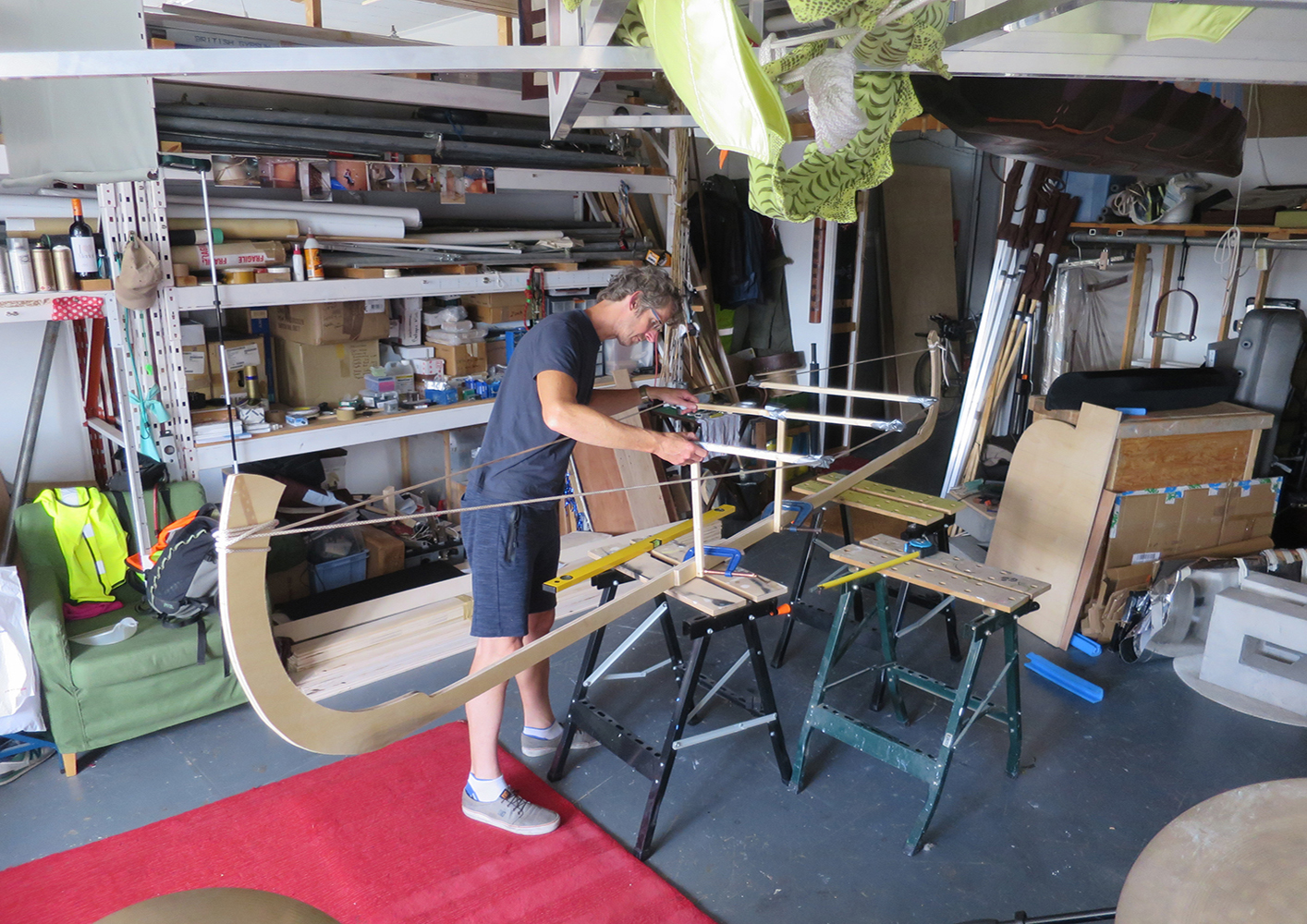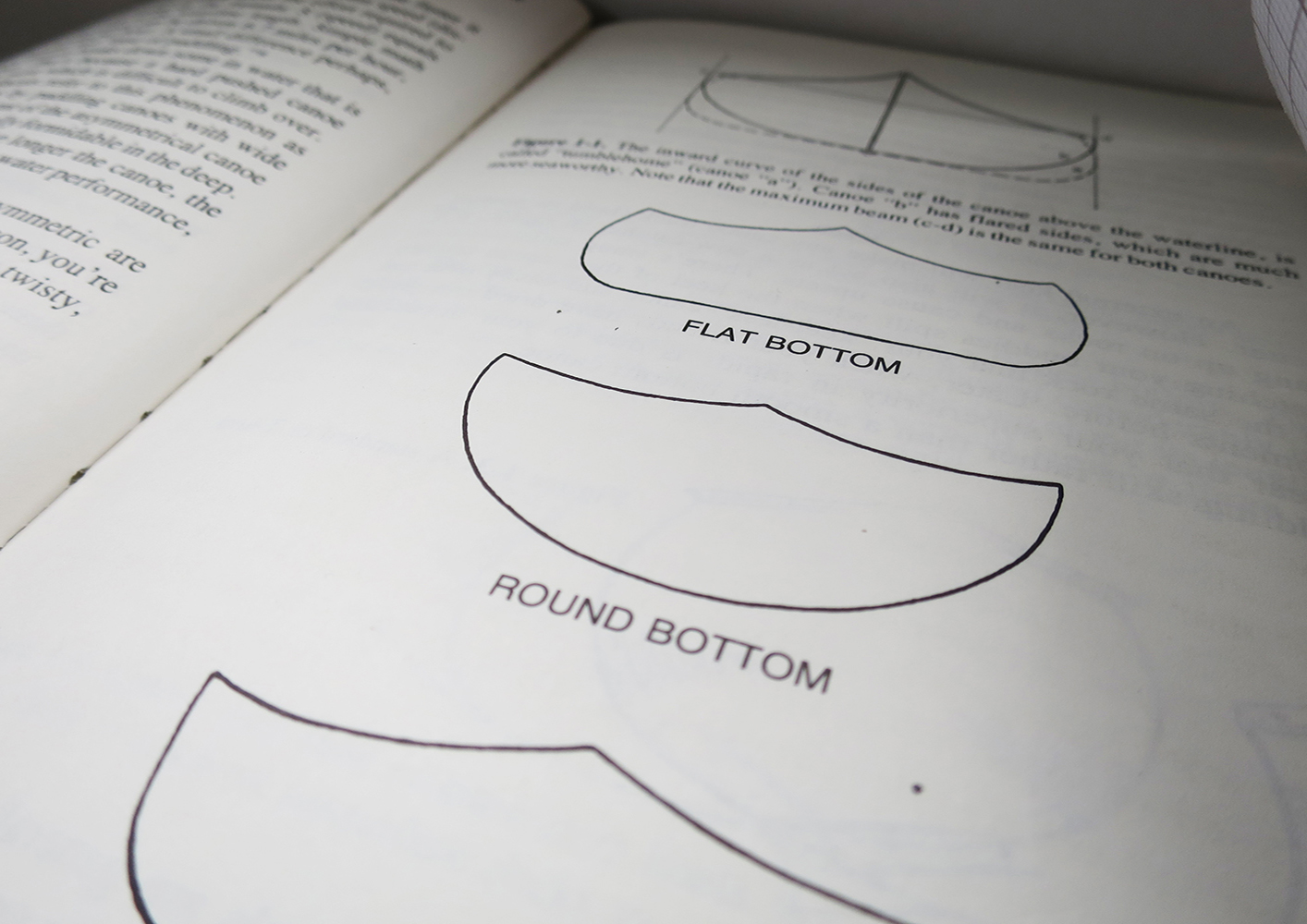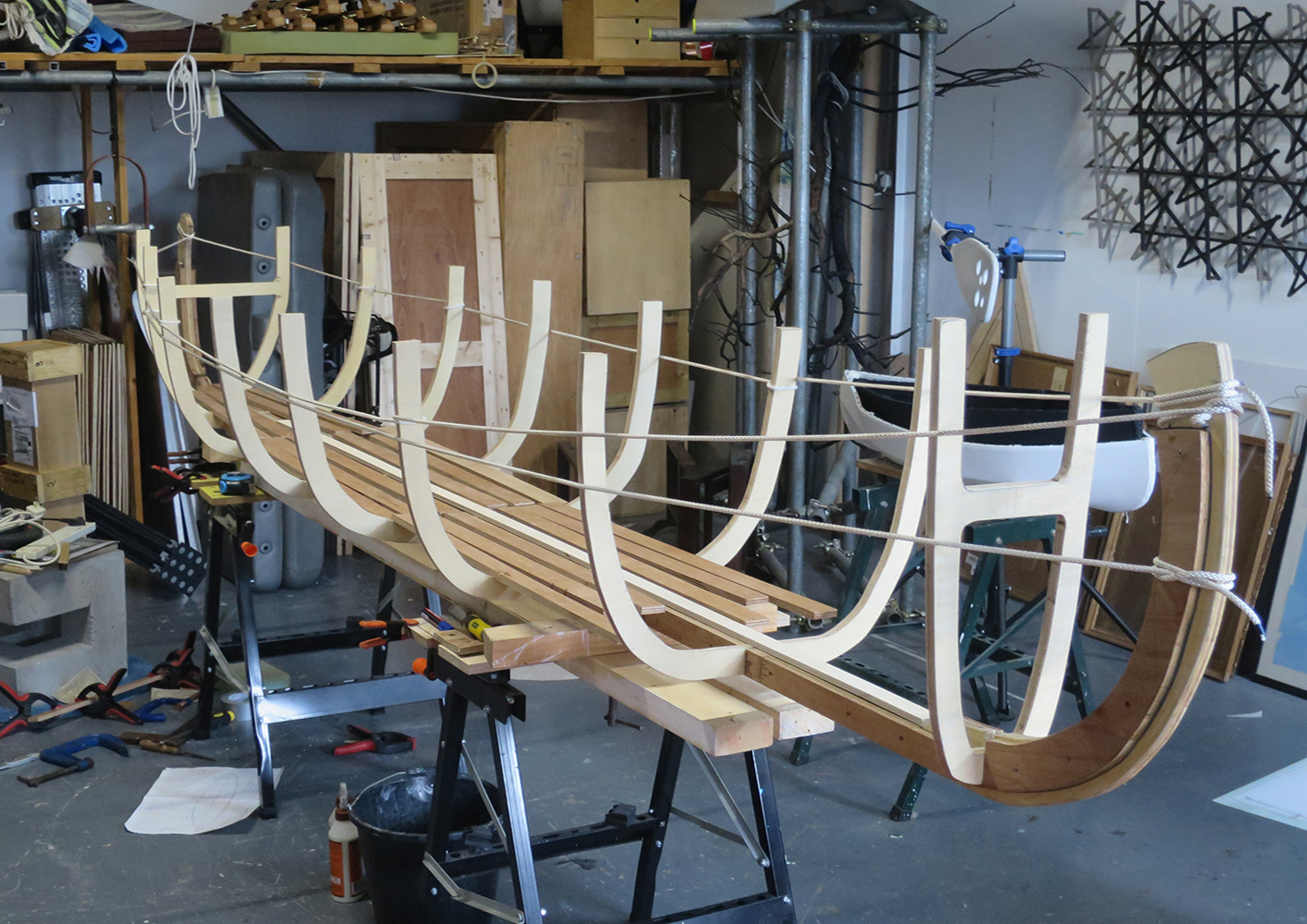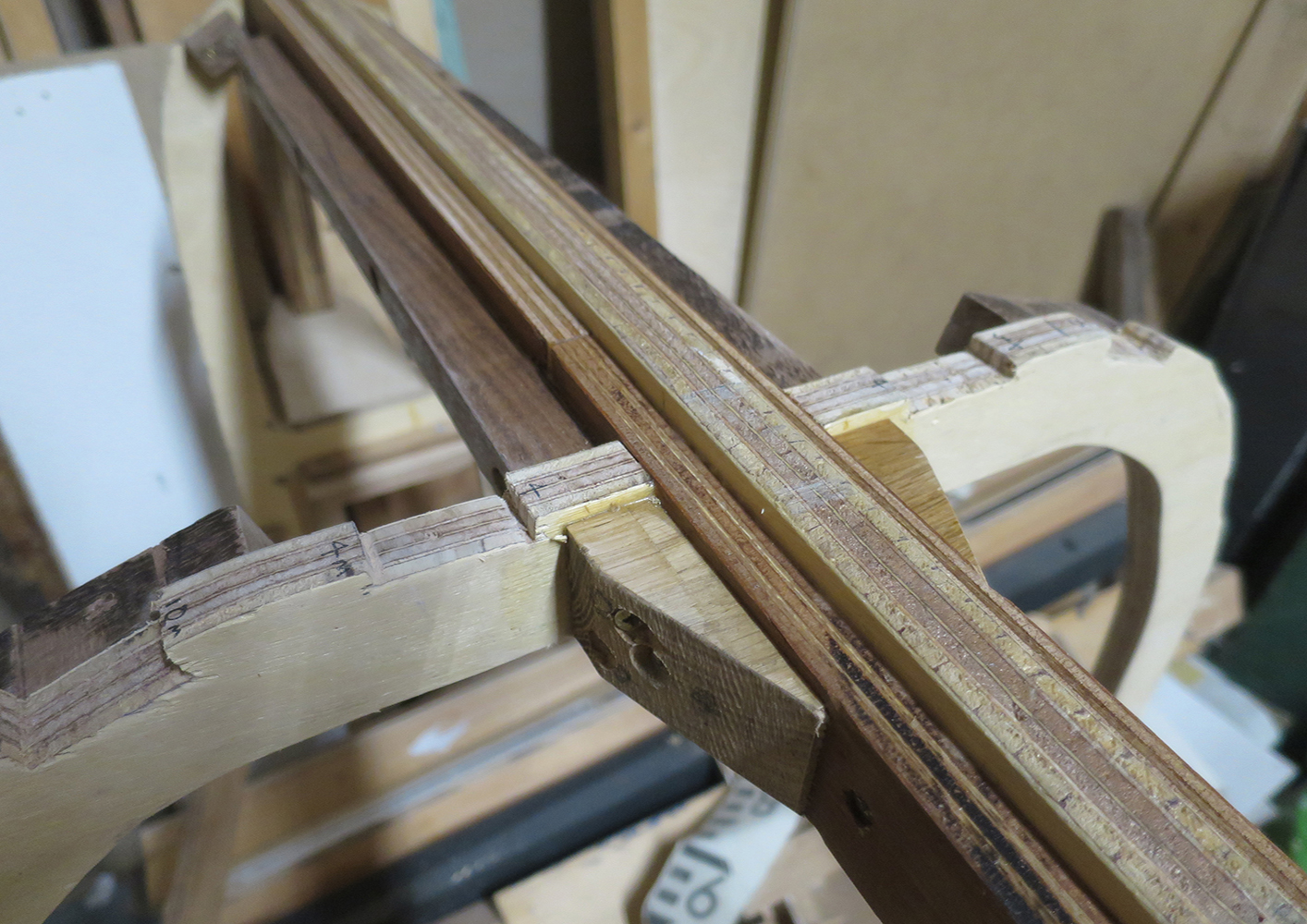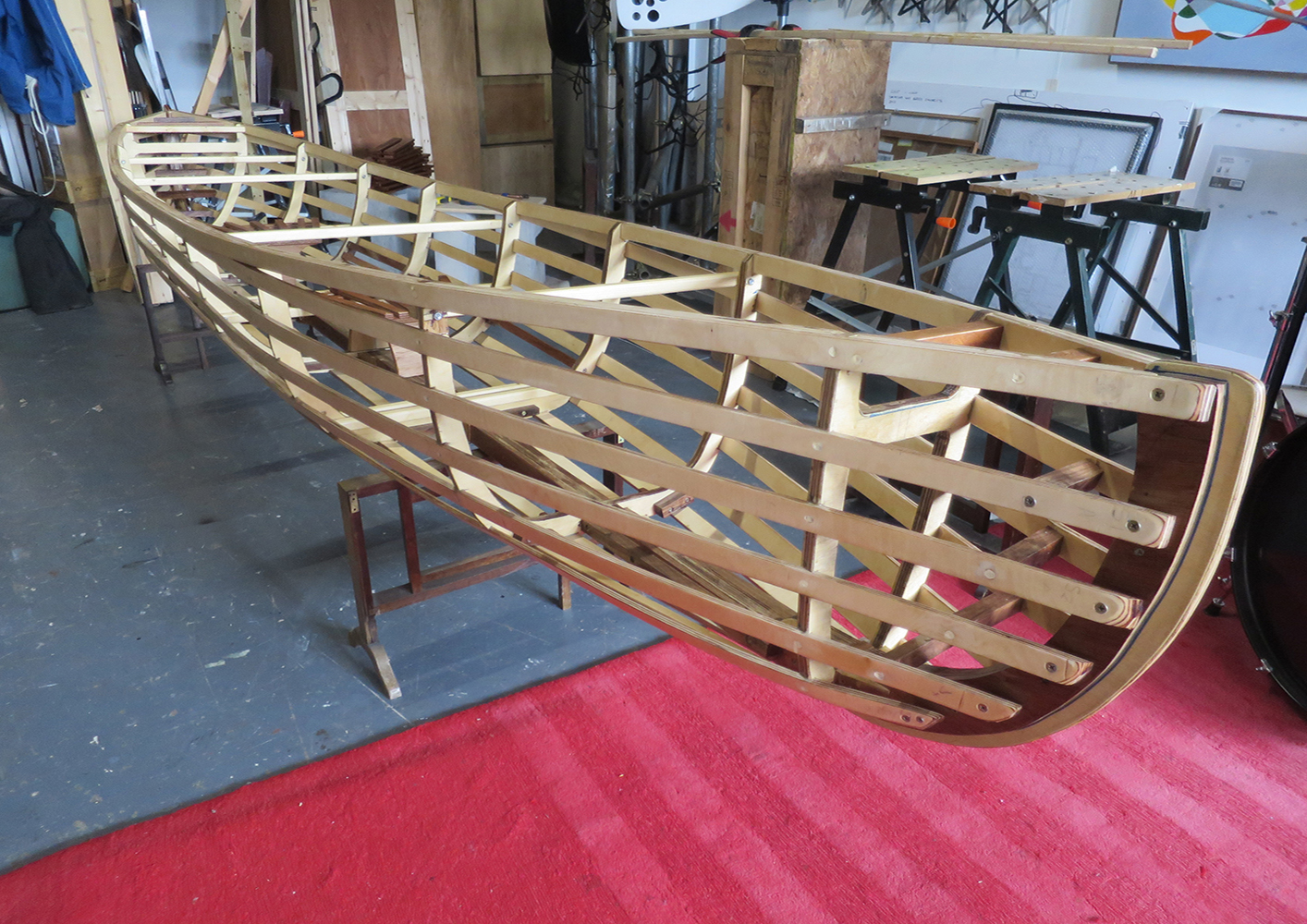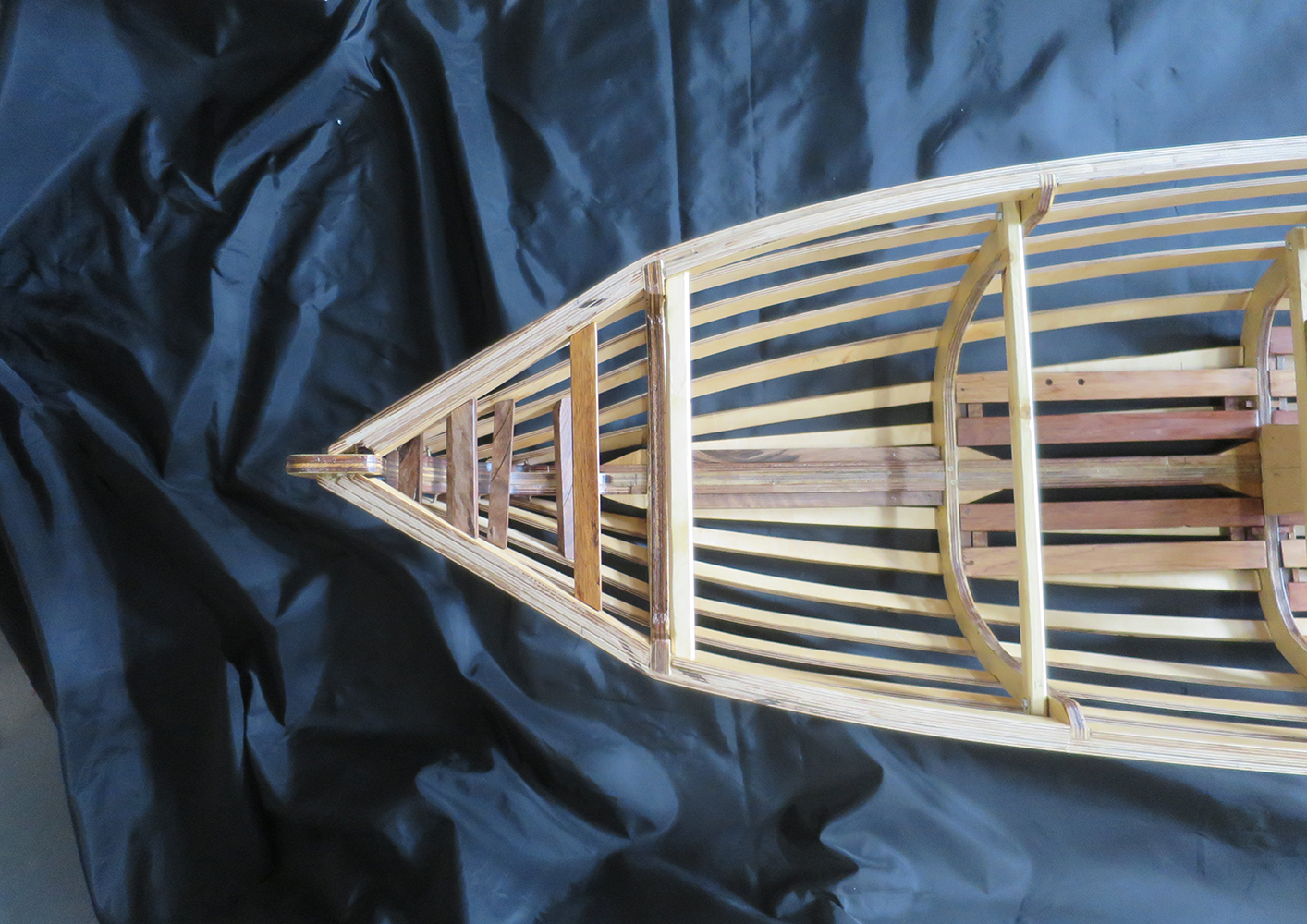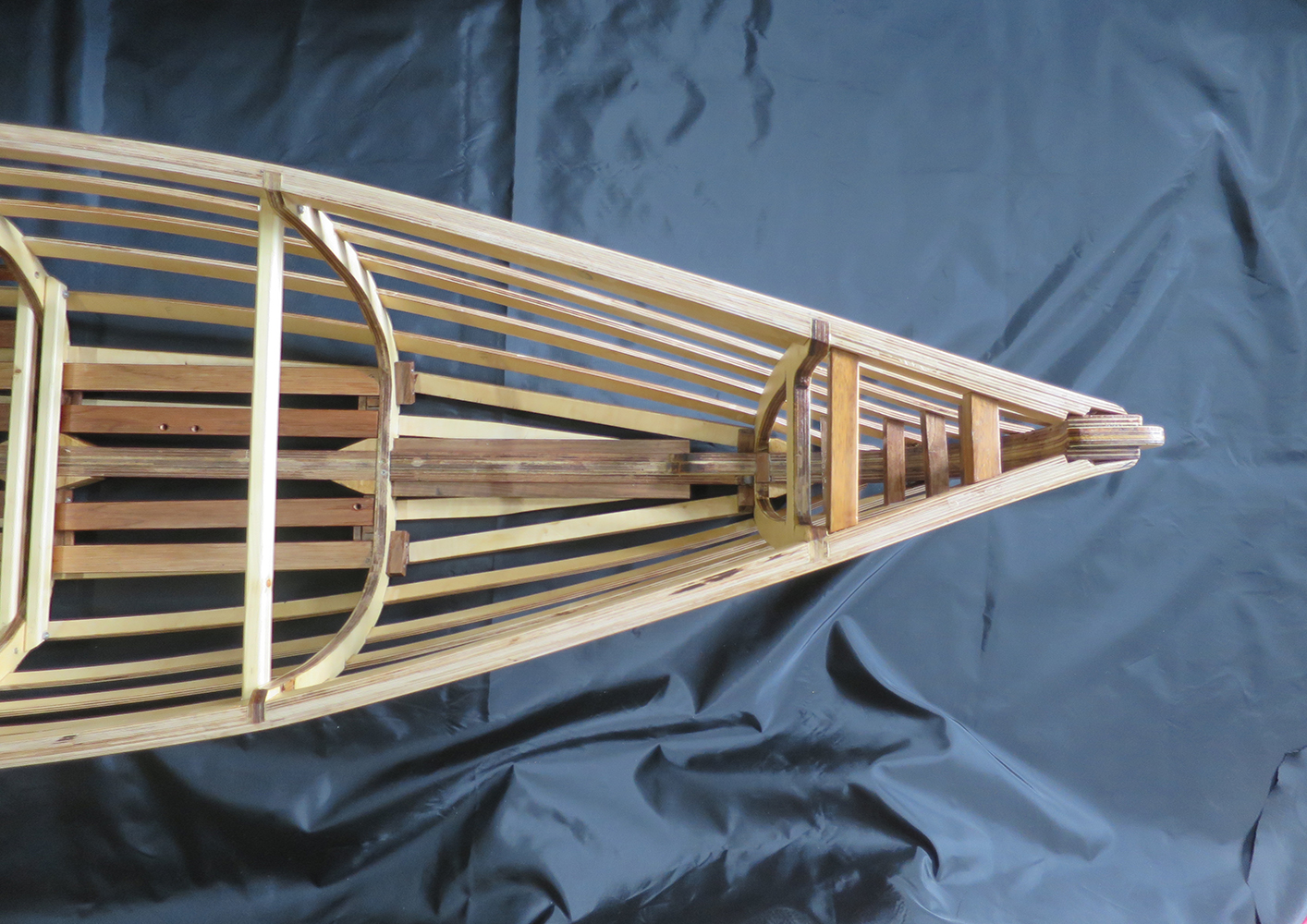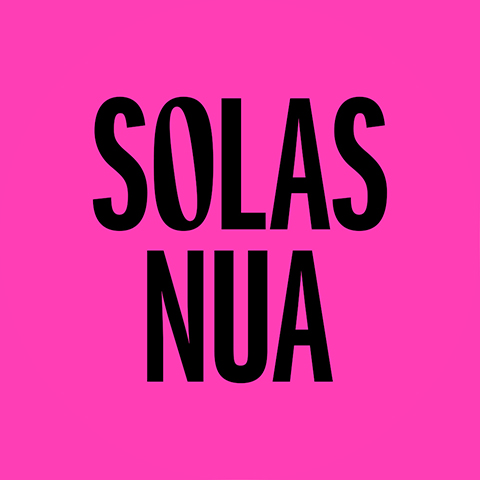Text I wrote for National Museum Ireland Our Irish Heritage blog: https://www.ouririshheritage.org/content/archive/topics/traditional....
Sheebang…
I am a multidiciplinary visual artist who has developed an approach which often spans different subject matters and activities. Hybridity is a central element and driver of this creativity. I often work collaboratively, especially so since 2004, as artist-duo Shipsides and Beggs Projects. From exploring rock-climbing as creative landscape art (see Pioneers, 2003) to making starmaps of terrestrial terrain (Starmaps, 2020), or to making boats for this project, our work usually draws some key aspect from the land, water or skies around us.
Recent works, e.g. Where the Lines End and Another Fine Mess (2021), explored the fluidity of the borderlands of Ireland and the USA/Mexico. The boat or canoe became a central motif in this exploration as they feature significantly in different traditions, cultures and mythologies. The types of boats included pioneer canoes, Native American canoes and other forms of indigenous and traditional vessels from many places including these isles and this very concretely brought me back to my own father, from Liverpool, who was noted boat builder of small racing dinghies and canoes in the 1960s and 70s. I’ve also recently been involved in a curragh community group (the Lagan Curraghs) and play a very very small part in building and maintaining their vessels.
I grew up around my dad’s workshop, playing with my brothers in knee deep wood shavings and juggling sharp tools. In the upland village, where we moved to, he ‘famously’ built a sea going yacht in next door’s chickenpen. It made the local paper, ”Shipsides gets Shipshape”. He didn’t really teach us how to build boats but I must have absorbed skills and knowledges nontheless because I knew I could build one and could imagine roughly how to go about it. Kind of a psychic memory.
I’d made a few art canoes as ‘conceptual paintings’ (afterall, oil on canvas stretched around a wooden frame is a definition of oil painting (see: Fingers grow gnarled…). However, having spent a lot of time in and around the waters of these isles I knew these were avoiding the reality of what a boat is meant to be.
So, the next stage was to make a real boat and that resulted in “Sheebang”.
Sheebang is a self-design, and very much a project of creative and cultural hybridity. It draws on knowledges of curraghs, canoes, racing-dinghies, offshore boats, inshore boats, boats seen in museums, long boats, skiffs, out-riggers, and a basic knowledge of how the power of the water, whether sea, lake or river, along with the function of the boat, dictates the design. In this, Sheebang mixes traditional (with curragh style tarred cloth on framework, including some ideas from the framework and shaping of the elegant long and thin Dingle curraghs) and modern (of my father’s sleek wooden racing dinghies and canoes) and local traditional boat building (Alastair Duffin, the last professional wooden boat-builder in Belfast), along with the evolution of the classic generic open canoe (which forms the basic design of most mass-produced plastic canoes) and so I would say that Sheebang is the definition of a hybrid.
A key and very rich strand of this work draws in a love and fascination with mythologies and stories where boats often are central themes alighed with interdimensional travel or passage to an otherworld. I love those ideas and in imagining the skin of a boat as a membrane between different planes. In reality it is that already - as a boundary between water and air.
I love the account in Hornell’s The Curraghs of Ireland (1938) where he quotes Beranger’s observations, “the sun was shining bright, and the skin transparent, it seemed to me to be a vessel of glass, as I could see the water through it”. This chimes with other seemingly fantastical vessels which exploit the juncture between water and sky, such the skiff in Jarry’s Exploits and Opinions of Dr. Faustroll, Pataphysician. (1911) where the skin of the boat is described as waxed sieve-like material. Other fascinating stories would, of course, include the medieval accounts of St. Brendan where he travels to fantastical otherworlds and the mythology surrounding Manannán, the sea guardian of the otherworld.
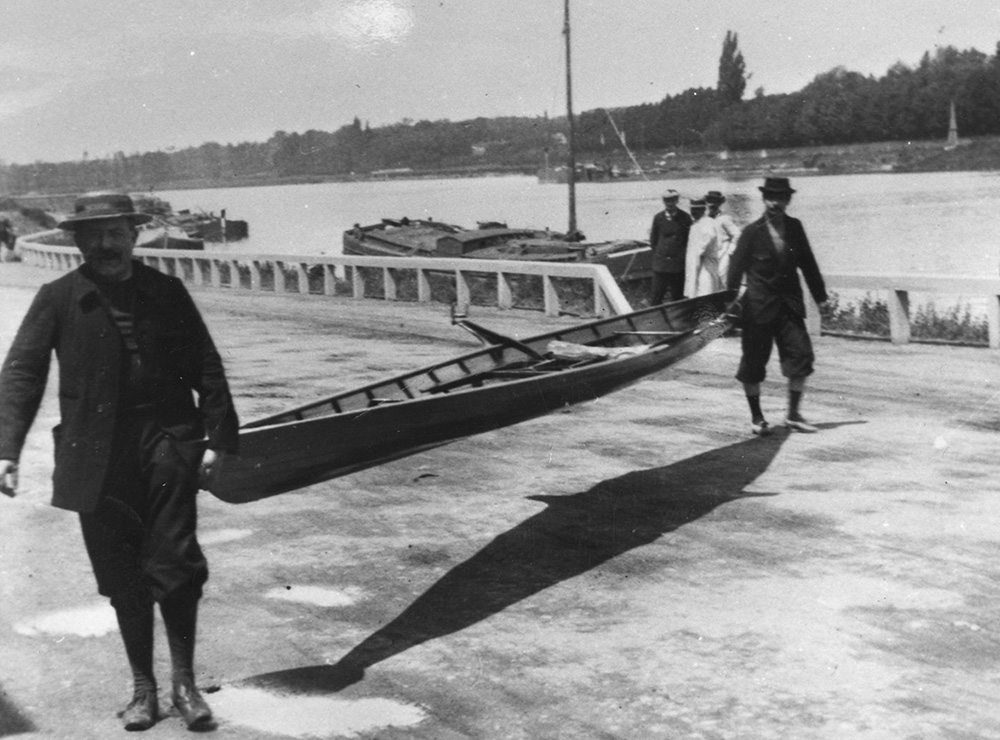
With this hybridity of ideas Sheebang is the pata-perceptual product of the meeting point of reality, wilful imagination, culture, myth and personal experience. As they say “the whole Sheebang…!”.
p.s. An aspect that caused reflection from the outset is the fact that oil is key in the skin of this boat. Originally curraghs would have used animal fats, but tar has served that function for many decades and now become the tradition. Today, many artists are looking for eco-friendly materials to use and my own conviction is towards the urgent and just decarbonisation of society. Yet, here I am using petroleum derived bitumen. I feel it is important to state that we are all ‘hypocrites’. On the path towards sustainability we need to acknowledge the complexity and systemic nature of our entangled reliance on fossils. Here oil is literally keeping us afloat.
Sheebang features in an online exhibition with Abridged which expands some of these ideas.
Shipsides and Beggs Projects gratefully acknowledge the support of:
